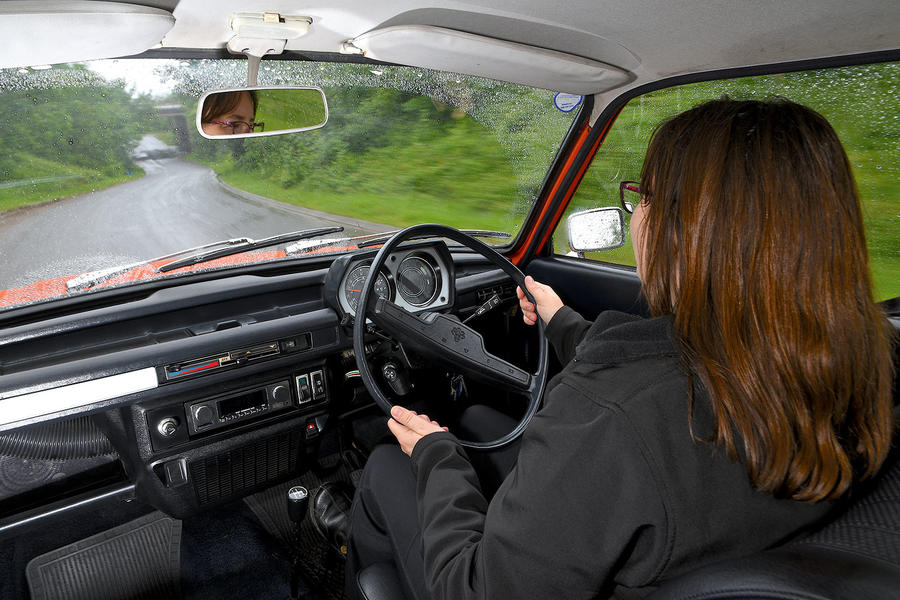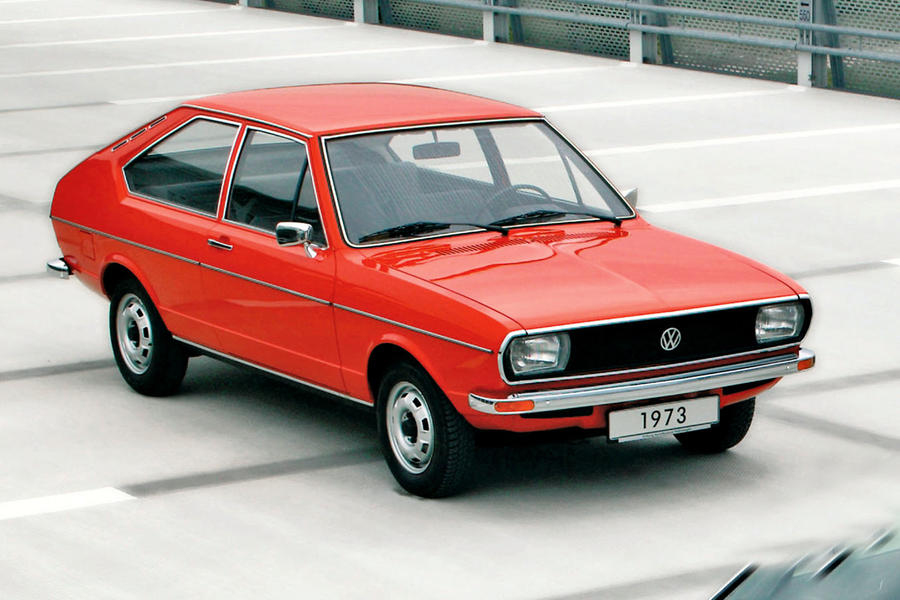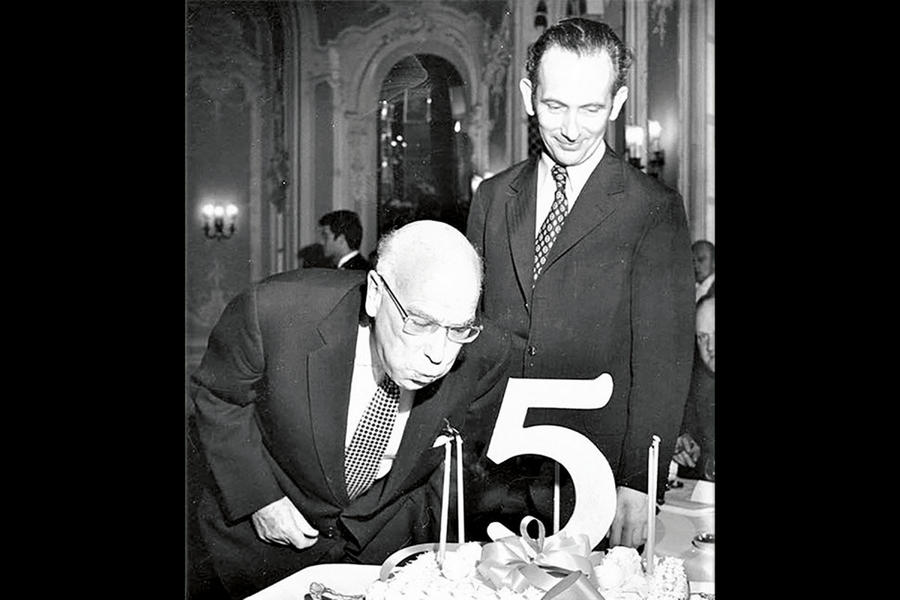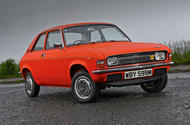The Allegro launched with an all-new look and new rubber and fluid suspension
The Austin Allegro launches as the key to rampant success, VW finally modernises and BL turns 5
The risible reputation of Austin’s Allegro precedes it with the certainty of day and night.
As such, people forget that it arrived in a period when British Leyland was feeling good and succeeded the fondly recalled 1100/1300.
The Allegro was a saloon with an all-new look (if not the stylish one its designer had originally penned) and new rubber and fluid suspension, plus the familiar A- and E-series four-pot engines.
So how was the Allegro viewed without prejudice? Of 12 launch variants, we tried the 1300 Super 3dr, likely to be the most popular.
Although it equalled the Morris Marina on 60bhp, it didn’t match that fellow BL saloon for on-road performance – which we blamed on grim weather. Still, it felt eager and lively and was flexible. Also smooth, but annoying boom near 4000rpm spoiled matters.

The ‘box also dismayed, being snatchy and baulking at rest. The hydragas suspension beat old Hydralastic, not disturbingly bouncing after bumps and giving a mostly smooth ride, but it firmed up oddly at times and was outdatedly prone to pitch and dive.
At least roll wasn’t an issue in cornering, although the steering tugging at your hands rather was. It was surprisingly roomy and the seats – in PVC – were comfy.
We did actually conclude that the Allegro was a step on from the 1300 and would sell well, blaming its problems on teething troubles. Regrettably, that wasn’t the case.
Volkswagen sets about modernising its range

Volkswagen took decades to truly move beyond the seminal Beetle and its air-cooled relations. Having inherited the front-driven and watercooled K70 saloon in its absorption of NSU and launched it as a VW, the firm set about modernising its range, which we reported on in early 1973, with images of EA266 and EA400 prototypes. The first would become the Volkswagen Passat, although this again had mixed heritage, being developed from the Audi 80. The true harbinger would follow early the following year, in the shape of the Volkswagen Golf, this actually having evolved from the less radical, Fiat 128-inspired EA337 project.
British Leyland confident of success as it turns five

As a huge, varied and nationalised company made from a mismatched merger, BL had a tough start. But by the time it marked its fifth birthday with a glitzy event at the Savoy, it felt confident. The Marina was selling well and had been joined by the Allegro, Triumph was being reinvented and new factories were due for Jaguar and Rover. Now boss Lord Stokes announced a £500m investment plan, including new Austin/Morris factories, new interests abroad and increased production and European sales. “I think our designers, engineers and production men are going to provide you with a British motor industry of which you will be very proud,” he said.
Source: Autocar
